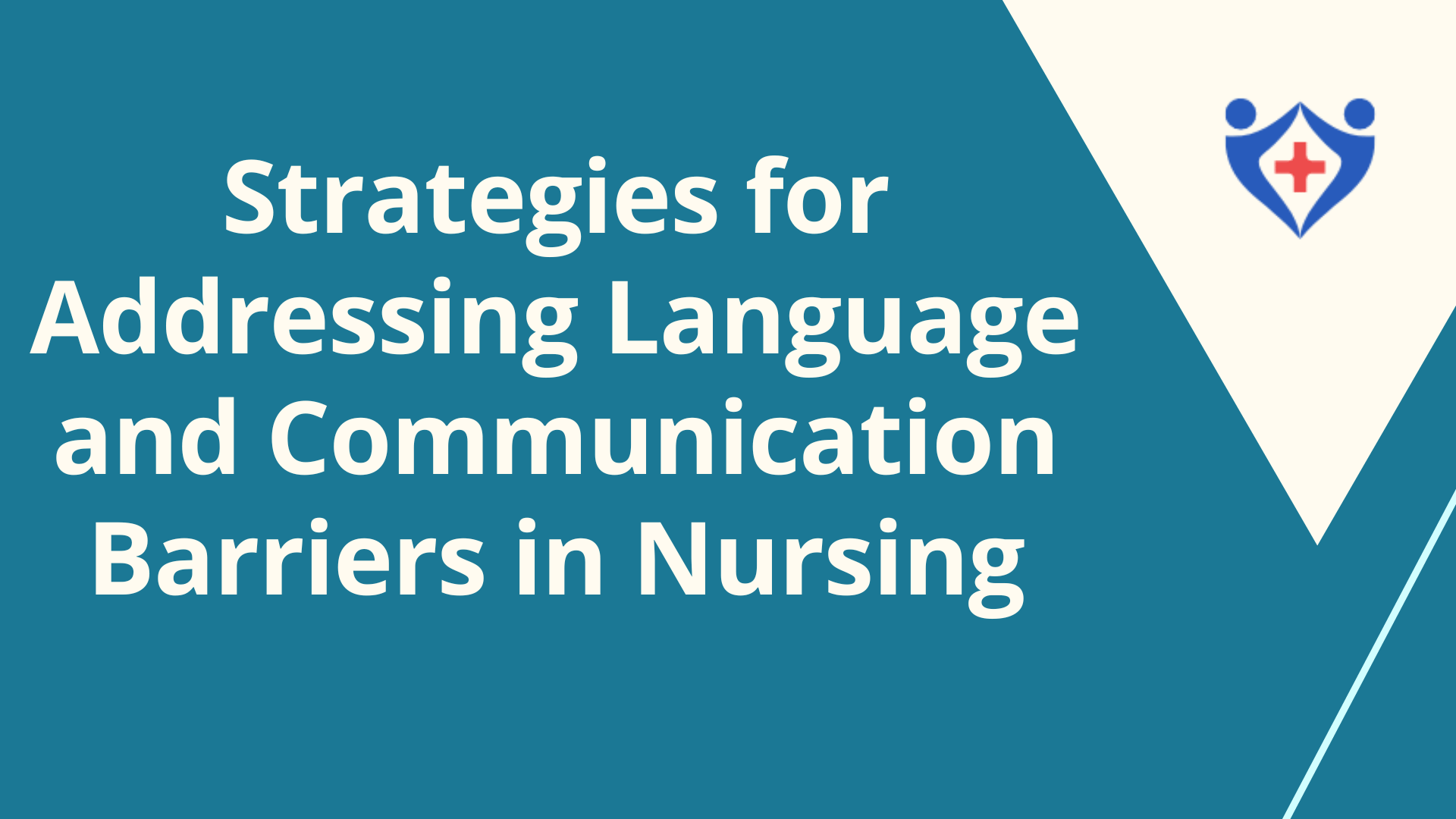In the dynamic landscape of healthcare, effective communication stands as a cornerstone for quality patient care. Nurses, as frontline caregivers, encounter diverse populations with varying linguistic backgrounds, posing significant language and communication barriers. Addressing these barriers is imperative to ensure equitable access to healthcare services and optimal patient outcomes. This comprehensive guide explores strategies for nurses to overcome language and communication barriers, enhancing the delivery of patient-centered care.
Understanding Language and Communication Barriers
Language barriers encompass challenges arising from differences in language proficiency between patients and healthcare providers. Such barriers hinder effective communication, leading to misunderstandings, compromised care delivery, and decreased patient satisfaction. Additionally, cultural nuances further complicate interactions, necessitating a holistic approach to communication in nursing practice.
Table: Language Interpreter Services Utilization Trends
| Year | Percentage of Encounters with Interpreter Services |
|---|---|
| 2018 | 65% |
| 2019 | 72% |
| 2020 | 78% |
| 2021 | 82% |
| 2022 | 85% |
The Impact on Patient Care
Language and communication barriers significantly impact the quality and safety of patient care. Misinterpretations of medical instructions, inability to convey symptoms accurately, and limited comprehension of treatment plans can result in adverse health outcomes. Moreover, patients from linguistic minority groups may experience disparities in healthcare access and utilization, exacerbating existing health inequities.
Strategies for Addressing Language and Communication Barriers
1. Professional Interpreter Services
Utilizing professional interpreter services is paramount in overcoming language barriers effectively. Trained interpreters facilitate accurate communication, ensuring comprehension between healthcare providers and patients. Institutions should prioritize the availability of interpreters proficient in diverse languages and dialects, adhering to standards of confidentiality and cultural sensitivity.
2. Multilingual Staff and Resources
Employing multilingual staff enhances communication accessibility within healthcare settings. Nurses proficient in multiple languages can bridge communication gaps and establish rapport with patients from linguistically diverse backgrounds. Moreover, providing translated educational materials and signage fosters inclusive environments and empowers patients to make informed decisions about their care.
3. Utilization of Technology
Innovative technologies offer promising solutions for overcoming language barriers in healthcare. Telehealth platforms equipped with language interpretation features enable real-time communication with patients, regardless of geographical location or language proficiency. Additionally, language translation apps and devices facilitate on-the-spot translation of medical terminology, enhancing communication efficiency in clinical settings.
4. Culturally Competent Care
Cultural competence is integral to effective communication and nursing practice. Nurses should demonstrate awareness of cultural norms, beliefs, and preferences, adapting their communication style accordingly. Employing culturally competent strategies fosters trust, respect, and mutual understanding between healthcare providers and patients, ultimately improving health outcomes.
Case Study: Implementing Language Access Programs in a Hospital Setting
To illustrate the efficacy of language access programs, consider a case study of a large urban hospital serving a diverse patient population. Recognizing the need for enhanced communication services, the hospital implemented a comprehensive language access program encompassing professional interpreter services, multilingual staff recruitment, and technological innovations. Through targeted initiatives and staff training, the hospital significantly improved communication outcomes, reduced medical errors, and enhanced patient satisfaction scores.
Conclusion
In conclusion, addressing language and communication barriers is essential for promoting equitable access to healthcare and delivering patient-centered care. Nurses play a pivotal role in overcoming these barriers through the implementation of effective strategies, including professional interpreter services, multilingual staff recruitment, utilization of technology, and cultural competence. By prioritizing communication accessibility and cultural sensitivity, healthcare institutions can mitigate disparities and improve health outcomes for all patients.

